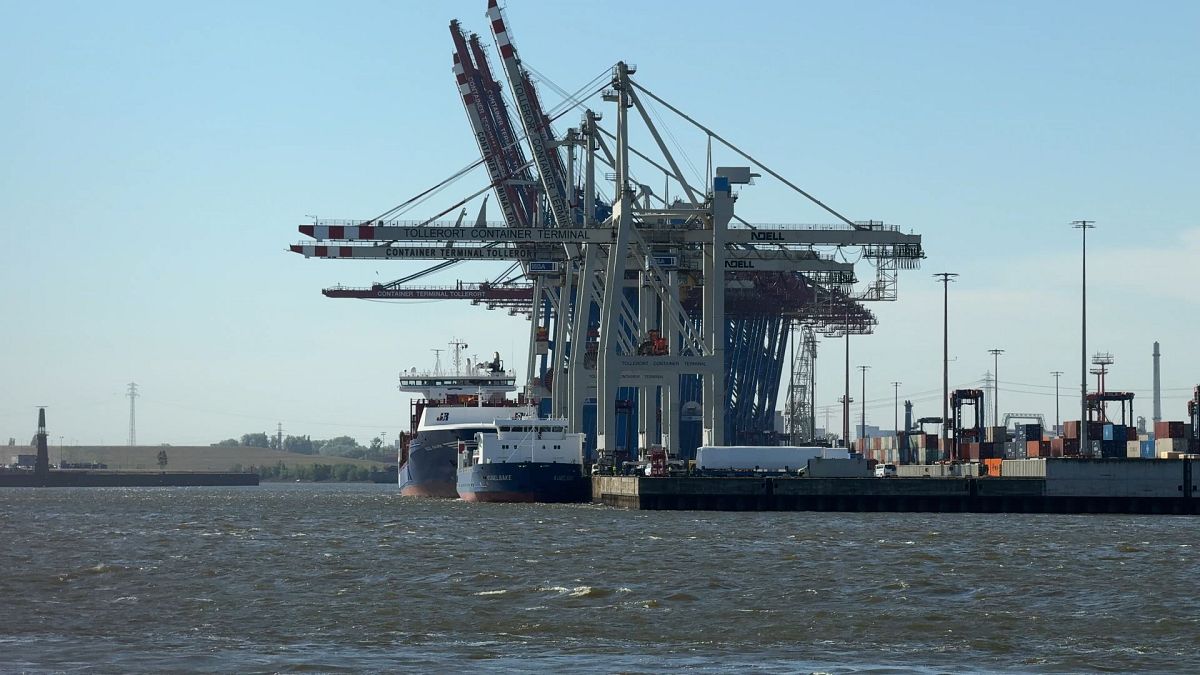The exact size of the North Korean military is shrouded in secrecy, but analysts confirm that the country has conducted nuclear tests six times and developed ballistic missiles with the capability of reaching the continental United States.
Recently, Ukrainian President Volodymyr Zelenskyy underscored the gravity of the situation, stating that North Korean troops on the ground in temporarily occupied regions of Ukraine could be “the first step to a World War.” This statement has intensified global concerns regarding North Korea’s military capabilities.
“This is no longer just about transferring weapons. It involves sending North Korean personnel to support the occupying forces,” Zelenskyy remarked. This announcement came shortly after The Kyiv Independent reported that North Korea dispatched 10,000 soldiers to bolster Russia’s offensive in Ukraine.
Although the Kremlin has downplayed these claims, the notion of North Korean troops being deployed in Europe raises significant questions: How formidable is Pyongyang’s military, and what resources does it possess to engage in fighting abroad?
The World’s Fourth-Largest Military
North Korea boasts the world’s fourth-largest armed forces, with approximately 1.3 million active personnel, making up about 5% of the nation’s total population. Additionally, around 600,000 are believed to be reservists.
Under the leadership of Kim Jong-un, defense spending is a top priority. In January, North Korea announced that 15.9% of its government expenditures for the year would be dedicated to defense—an estimate consistent with previous years.
Independent assessments indicate that Pyongyang likely invests around 36.3% of its GDP in military spending for 2023, positioning it as the second-highest military expenditure globally. Despite reports of using outdated technology and equipment, North Korea compensates for technological deficiencies through sheer troop numbers.
This approach was echoed by Pentagon spokesperson Major Patrick Ryder, who suggested in June that Russia would use North Korean soldiers as “cannon fodder,” mirroring its own military strategy.
However, concerns about North Korea extend beyond its conventional military might to its advancements in ballistic missile technology and nuclear weapons.
The Power of Pyongyang’s Nuclear Arsenal
Since Kim Jong-un assumed power in 2011, he has markedly accelerated North Korea’s nuclear development. Under his direction, the country has conducted four nuclear tests—one in 2013, two in 2016, and another in 2017. He has also overseen approximately 160 missile tests, significantly surpassing the figures from his father, Kim Jong-il, and grandfather, Kim Il-sung. These missiles are believed capable of striking the U.S. mainland.
Each test has showcased more powerful nuclear capabilities, with the last conducted in September 2017 delivering unexpectedly robust results, lending credence to Pyongyang’s claims of hydrogen bomb capabilities.
Nonetheless, following 2018’s summit with then-U.S. President Donald Trump, North Korea declared it would cease operations at its Yongbyon reactor complex. This claim was cast into doubt by a 2021 International Atomic Energy Agency (IAEA) report indicating that North Korea might have resumed fissile material production.
By mid-2022, satellite images suggested that construction at Yongbyon was ongoing, and the IAEA raised alarms about potential preparations for another nuclear test.
In September, North Korea released images unveiling its nuclear program, providing rare insight into its bomb-grade uranium production capabilities. Commenting on these developments, Rafael Grossi, the IAEA director-general, expressed deep concern over North Korea’s extensive nuclear operations, which operate without adherence to basic international safety standards.
Escalating Tensions with South Korea
Tensions between North and South Korea have heightened, particularly following the release of these images. Historically fraught, relations escalated dramatically when North Korean media in 2019 announced a complete cessation of contact with the South over the issue of anti-Pyongyang leaflets crossing the border.
In October, Kim Jong-un amplified hostilities by threatening to deploy nuclear weapons against South Korea in the event of an attack, as reported by state media. In response, South Korea has ramped up its military production, with its Defense Ministry allocating €223.78 billion over five years to enhance its defense capabilities.
Photo credit & article inspired by: Euronews



